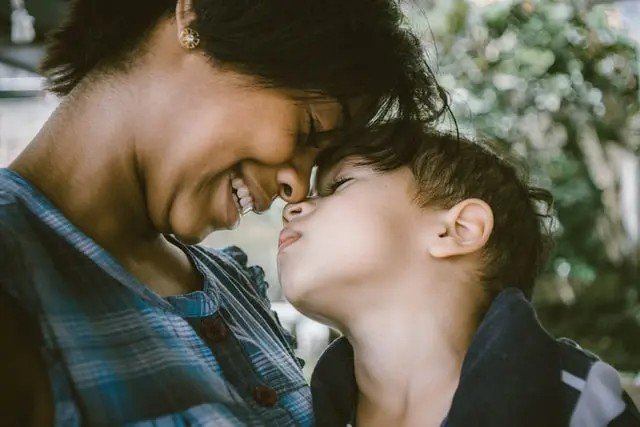Equity Begins at Home: How to Be A Force for Racial Change
In the age of social media, gestures are often mistaken for progress. For example, consider the recent discussions about racism. Sustainable social change is not created by profile pictures or memes. If history teaches us anything it’s that justice is a marathon, not a sprint.
Hence, one of the most powerful steps you can take is to plant the seeds of change at home — especially with your children. And you can start early. There’s no carved-in-stone blueprint for this process. But it’s a powerful way to lay down a foundation for future generations. It’s not about assigning guilt. The goal is to inspire independent thought.
The Science of Anti-Racism
Why start race-related conversations so early? Research shows us that by 3 months of age, children can already discern racial differences. By the time they turn 3 years old, those kids are able to assign negative associations about anyone who looks different from them. At age 4, children are making assumptions that connect race with class. Obviously, young children are more than ready to begin some valuable conversations.
By introducing concepts like racial equity to young children, you can offer balance to confusing input they make get elsewhere.
How to Be a Force for Racial Change at Home
This is an evolving learning experience. So don’t drive yourself nuts trying to find the “right” way to do such work. In fact, it may be a blessing if your child asks you a question you can’t answer. You can demonstrate how to be humble and how to look up more information instead of making an assumption. Here are few other suggestions:
Identify Differences
Your child will meet — in-person and through pop culture — a diverse range of people. Don’t try to be “colorblind.” Instead, ask them to identify how people are different and how they are the same. In addition, help them recognize differences in how certain groups of people are treated. This can be about race, of course, but other social dynamics include:
Age
Sex
Class
Sexual orientation
Ability/disability
Be a Role Model
Your child hears what you say. But, rest assured, they pay far more attention to what you do. Stand up to all forms of bias and discrimination. It will go a long way if you challenge anyone using hateful language. Follow that up later by explaining to your child why you did what you did.
Find Age-Appropriate Content
In this day and age, you can meet your kids where they’re at — which is usually related to looking at a screen. Look for videos, movies, stories, etc. Do the work to find the kind of content that you think will capture your child’s attention. Always be available to talk about it afterward.
Foster an Environment of Hope
There seems to be less nuanced conversation than ever these days. Talking about issues of inequality can lead to shame, guilt, anger, and hopelessness. Remind your children that big shifts rarely happen overnight. They can be part of the solution without slipping into negativity.
In addition, they are not required to carry the guilt of past generations. For example, being born white is not some form of “original sin.” It doesn’t make them bad people. But it does instill them with responsibilities. The simple act of talking with you about these topics is proof that they care about others and want to help.
Finding Balance in a Divided World
The parent-child relationship is always tricky. When you factor in social unrest, the stakes get even higher. You don’t have to figure it all out on your own. Parent counseling can help you navigate your feelings, doubts, and concerns as you help your children as well. Please reach out for a confidential consultation today.

